It’s Tea Time: The Many Benefits of Tea

Heinen’s Wellness Consultant, Andrea, gives us insight into the wonders of tea, its history and origin and many health benefits.
As the season surrounds us with beautiful landscapes, shorter days and crisp cool nights, it is clear that winter is officially here. To help balance the natural cooling cycle of nature, turn to warming, nourishing and comforting foods and beverages.
Teas and herbal infusions (also called tisanes) are a means to “warm up” and deliver a gentle botanical and sensory experience. There are many benefits of drinking tea, from acting as a good appetizer to aiding digestion. Tea can also calm and relax and is a reflection of a long tradition of hospitality and wisdom.
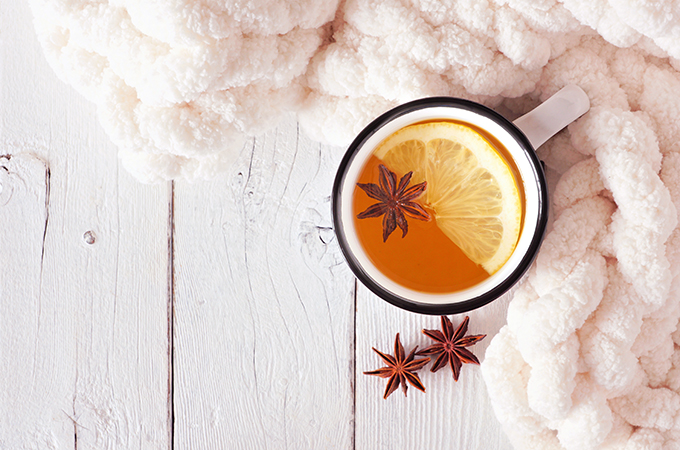
What is True Tea (Camelia Sinensis)?
Next to water, tea is the most popular beverage worldwide. The Chinese were the first to discover the tea leaf in 2737 BC, and called the beverage they made “The River of Jade,” as they valued it so much. They believed that tea held great restorative properties and the benefits of longevity, keeping a person alert and offering relief from headaches and nervousness (from the L-theanine present in the tea.)
The true teas —black, oolong, green, yellow and white—come from a plant named “Camellia Sinensis” or “Thea Sinensis.” All teas come from this single plant. It is a flowering evergreen tree that grows in the wild and is cultivated by pruning it to shrub height for ease in harvesting.
Historically, the tea plant made its way from China to Japan, and then to Europe (from the Dutch), where it became very fashionable as a beverage. Russia imported tea, and eventually England adopted it as a national beverage (as had China) used for their afternoon tea. The rest is history as they say. Today, the drinking of tea has spread throughout the world. People drink it because they like the taste (with or without additions), believe that it holds some health benefits or just enjoy the pleasurable experience of drinking a good cup of hot tea.
In some countries, serving tea is an art form in itself with various types of teapots and brewing styles influencing and enhancing the subtle beauty and flavor of the tea. The Japanese created an entire ceremony around Matcha called the Green Tea Ceremony. To experience one is considered an honor and privilege and it brings serving tea to an artisanal and spiritual level.
The different grades and flavors of teas are due to differences in growing techniques, growing regions and elevations, time of harvest and the processing of the leaves. Tea leaves are allowed to oxidize and ferment and it is the duration of the fermentation that determines the color, taste, aroma and character of the tea. The lesser the fermentation, the greener the tea and more natural the taste. Baking the leaves also affects the depth of color. The longer leaves are baked, the darker and richer the flavor and color becomes.
All together, there are five different types of tea (we will only discuss 4 as yellow tea is not available in the United States), and while they all come from the same plant, the taste, health benefits, and even caffeine levels differ slightly due to different processing techniques, so you may select one over another due to personal preference.
Types of Tea
- White Tea: 15 mg caffeine | Uses the earliest harvest and tips of the plant | Lightly oxidized | Very delicate flavor | Very high in antioxidants
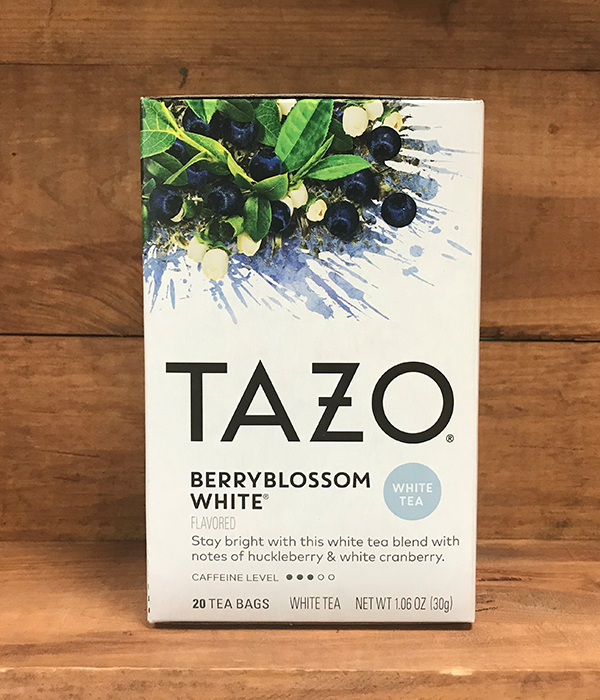
- Green Tea: 20 mg caffeine | Lightly oxidized | The highest in polyphenols | Considered to help with slowing the aging process
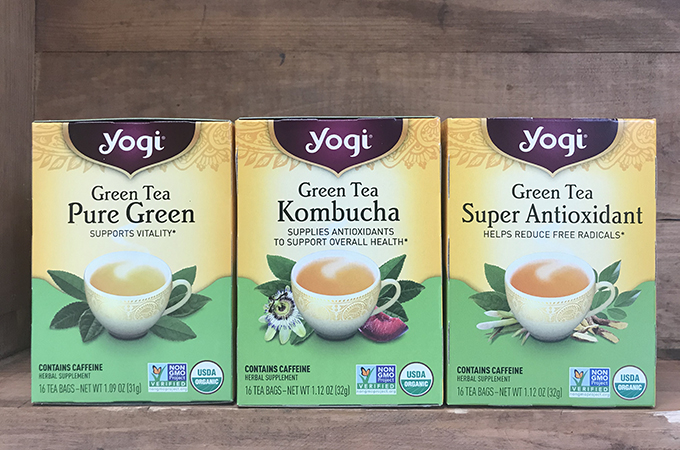
- Black Tea: 50-90 mg caffeine | Leaves are fully oxidized yielding a bold flavor and is often described as astringent | High in antioxidants, polyphenols and flavonoids. |The tannins benefit digestive health
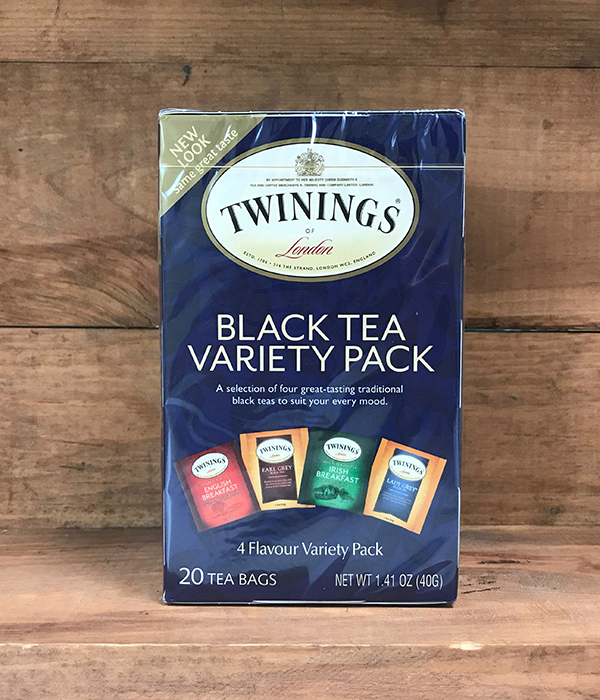
- Oolong Tea: 30 mg caffeine | Very high in antioxidants | Tends to be more gentle on the stomach than green tea
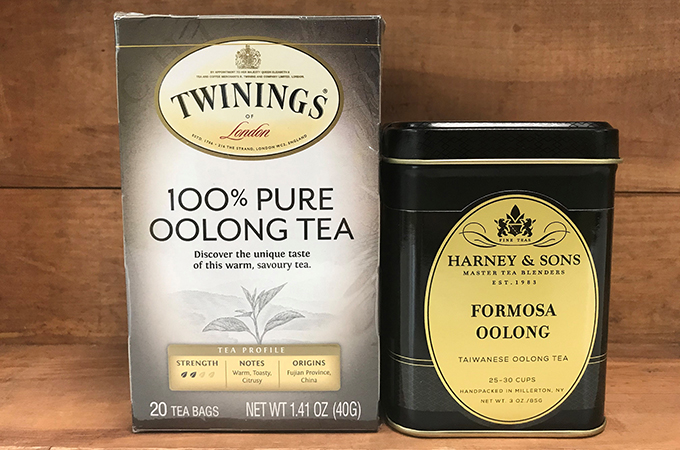
Types of Green Tea
- Matcha: Shade-grown green tea | Entire leaf is powdered | High in L-Theanine, a natural relaxant | Amino acids and nutrients are especially potent
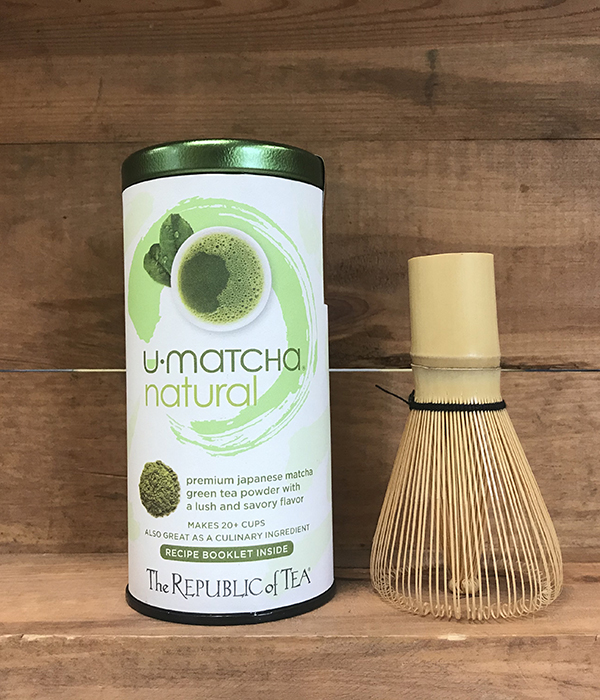
- Sencha: Has a refined flavor | Traditional Japanese green tea | Bright emerald green with a fresh tangy flavor
- Gunpowder: Leaves are rolled to resemble gunpowder pellets or little pearls | Flavor is robust and akin to black tea due to higher oxidation than most green teas.
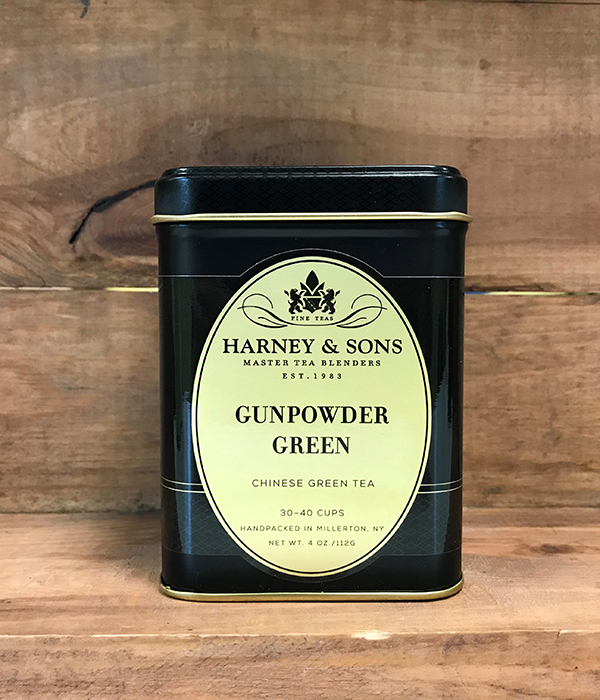
- Jasmine: A scented green tea using jasmine flowers | Used in the transitional seasons of fall and spring in Chinese medicine
Types of Black Tea
- Ceylon: Bright orange color | Flowery aroma with some notes of citrus, chocolate or spice |Has a light aftertaste |Good with lemon sweetener or milk | Rich in antioxidants
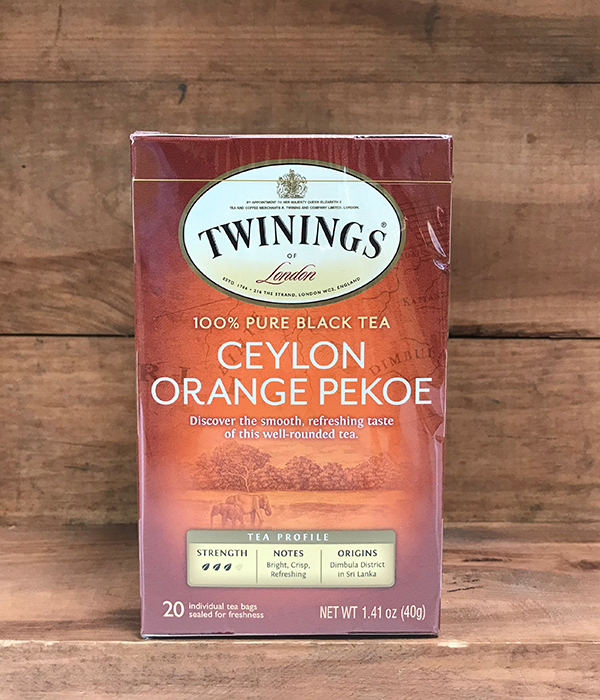
- Assam: Has a pleasant malty aroma |Best when combined with milk and sweetener.
- Darjeeling: Called the “champagne of teas” | Amber colored | Full bodied tea with a pleasing flowery fresh taste | Traditionally enjoyed with milk, lemon or sweetener
- Earl Grey: Blend of China black with Darjeeling and a citrusy oil of Bergamot
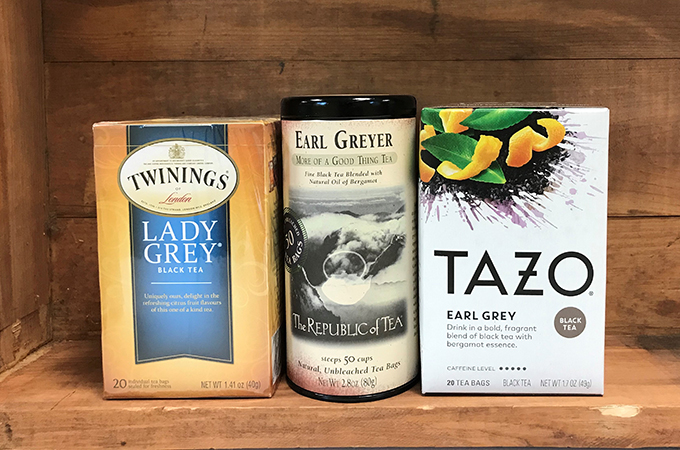
- Chai: Not a flavor of tea – “chai” in Hindi means tea | A traditional East Indian tea drink with spices brewed strong with milk and sweetened with sugar or honey
- Orange Pekoe: A bright orange tea | Rich floral black tea flavor that is enhanced with milk | High in antioxidants.
- English Breakfast: A blended, full bodied tea | Serve with a splash of milk or if black, a slice of lemon
- Irish Breakfast: Stronger than English Breakfast | A very strong black tea
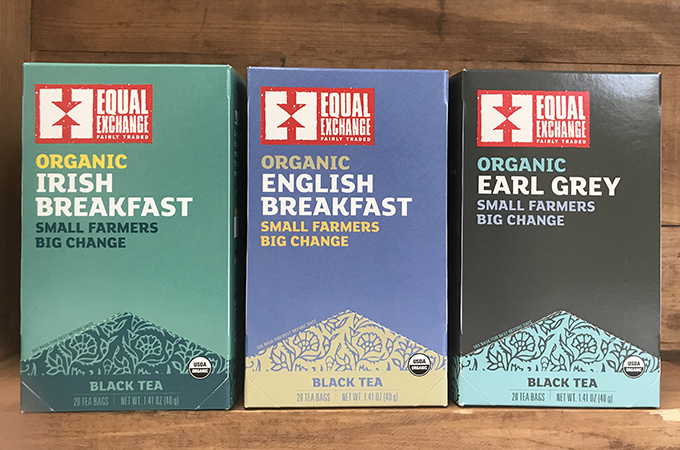
How to Brew the Perfect Cup of Tea
- Preheat teapot.
- Swirl hot water in pot and discard.
- Place tea in the teapot.
- Slowly pour the hot water over the tea leaves. See below for the appropriate water temperatures for each type of tea.
- Steep tea for the designated time.
- Pour and enjoy.
Brewing Times for Tea
White Tea
- Water Temperature: 170 – 180˚F
- Steep Time: 2-3
Green Tea
- Water Temperature: 180 – 190˚F
- Steep Time: 3-4 minutes
Black Tea
- Water Temperature: 205 – 212˚F
- Steep Time: 4-5 minutes
Oolong Tea
- Water Temperature: 185 – 190˚F
- Steep Time: 3-5 minutes
Herbal Tea
- Water Temperature: 212˚F
- Steep Time: 5+ minutes
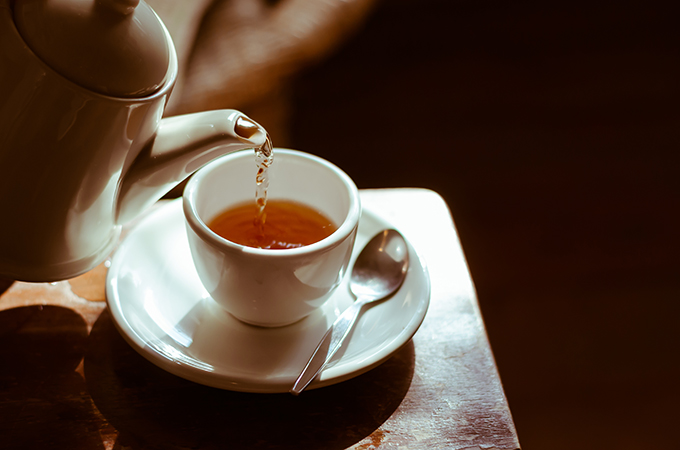
How to Store Tea
It is important to store tea in a well-sealed container, tin or jar in a dry, cool place, out of direct sunlight.
Less fermented teas, like green tea, should not be stored long. Black teas can be kept longer if stored well, up to 2 years.
What is Herbal Tea (Tisane)?
When it comes to herbal teas, there is a wonderful array of options. You can make an herbal tea from the flowers, seeds, fruits and berries, leaves, roots and bark of many botanical plants and trees. Most herbal teas do not contain caffeine.
Single herbal teas have been used for centuries for specific health ailments such as simple indigestion, nausea and to help promote relaxation and sleep. Many culinary herbs and spices such as ginger, cinnamon, fennel seed and peppermint, to name a few, make wonderful teas. In China, they use dried Goji berries to make tea, sometimes adding it to green tea.
Blended teas are put together for flavor or the known synergistic therapeutic qualities of the herbs. People are very passionate about their teas and loyal to their favorites, and it is always great to explore new varieties.
Heinen’s has a vast array of teas, both traditional tea and herbals and tisanes. Let us help you explore our tea aisle and find one that fits your style and preference.


